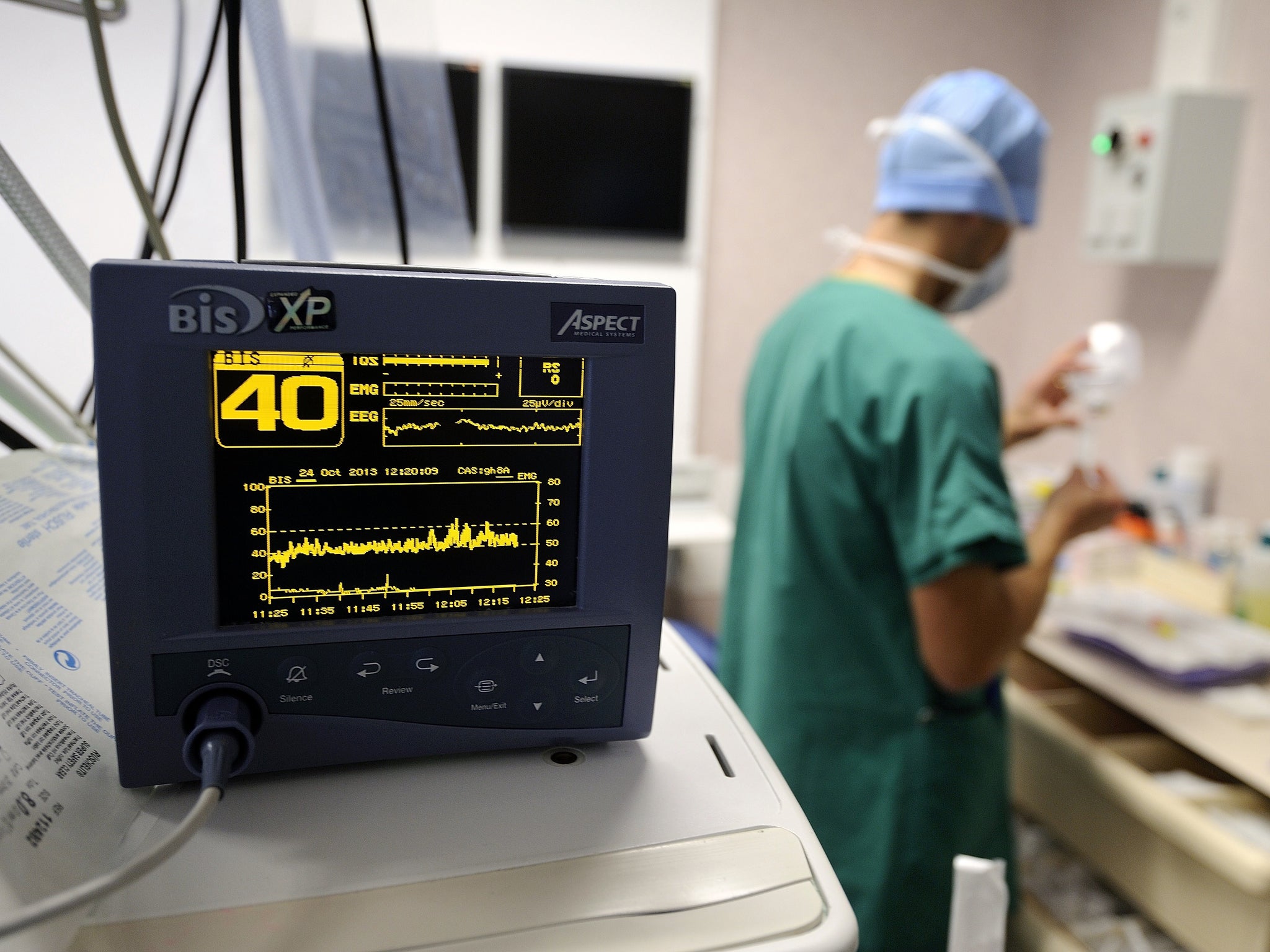Marathon runners should get hearts tested to avoid potential sudden death, says new study
Researchers said their results should stimulate cardiologists who manage athletes to pay greater attention to the right side of the heart
Marathon runners and other endurance athletes should get their hearts tested while running to avoid potential sudden death while training or competing, according to a new study.
Doctors who try to detect heartbeat irregularities, known as arrhythmias, by focusing on the left ventricle of the heart, or on the right ventricle while an athlete is resting, will miss important signs of dysfunction that can only be detected during exercise and that could be fatal, scientists report.
Their findings, in the European Heart Journal, could change the way athletes are monitored as routine assessments of those with suspected arrhythmias often involve looking at the heart while it is resting, with a focus on the left ventricle. Researchers said their results should stimulate cardiologists who manage athletes to pay greater attention to the right side of the heart.
Triathletes and alpine cyclists should also consider getting their heart tested while exercising, the authors recommend.
Endurance sports are largely safe forms of exercise and deaths are rare. Extensive studies have shown roughly one in 150,000 marathon runners will die with fatalities most likely to occur from a heart attack precipitated by a congenital heart defect (in runners under 35 or so) or by artery blockage in older runners.

Those deaths are more likely to occur towards the end of marathons or half-marathons so experts recommend runners do not over-exert themselves when the finish line is in sight.
Previous research has demonstrated that the thin-walled right ventricle of the heart, which pumps blood through the lungs, is subjected to much greater stresses during exertion than the left ventricle, and that prolonged exercise is associated with temporary damage to the right ventricle.
In this new study, Professor André La Gerche and his colleagues in Australia and Belgium have found that problems in the way the right ventricle works become apparent only during exercise and cannot be detected when an athlete is resting.
Prof La Gerche said: “You do not test a racing car while it is sitting in the garage. Similarly, you can’t assess an athlete’s heart until you assess it under the stress of exercise.”
The researchers tested the performance of the hearts in 17 athletes with right ventricular arrhythmias, eight of whom had an implantable cardiac defibrillator (ICD) in place to control the rhythm of their hearts, 10 healthy endurance athletes and seven non-athletes.
They found that measurements of how well the heart was functioning when the athletes were resting were similar in all three groups, as was left ventricular function during exercise. However, measurements taken while the participants were exercising showed changes in the functioning of the right ventricle in the athletes who were known to have arrhythmias when compared with the other two groups.
Prof La Gerche, associate professor and head of sports cardiology at Baker IDI Heart and Diabetes Institute, Melbourne, Australia, said: “By measuring the blood pressure in the lungs and the body during exercise we have shown that the right side of the heart has to increase its work more than the left side of the heart. Hence, the right side of the heart is a potential ‘weak link’ in athletes. In the normal healthy athletes, the right side of the heart was able to manage the increased work requirements. In the athletes with arrhythmias the right side of the heart was weak during exercise, it could not handle the increase in work and we could detect problems accurately that were not apparent at rest.
“The dysfunction of the right ventricle during exercise suggests that there is damage to the heart muscle. This damage is causing both weakness and heart rhythm problems. Whilst the weakness is mild, the heart rhythm problems are potentially life threatening.”
Join our commenting forum
Join thought-provoking conversations, follow other Independent readers and see their replies
Comments
Bookmark popover
Removed from bookmarks